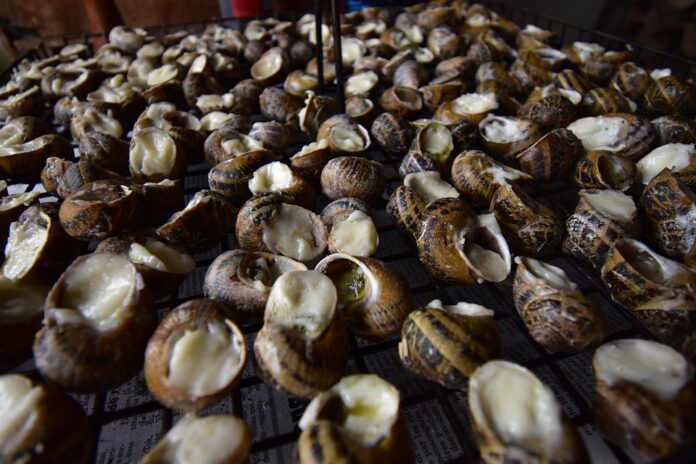The Key Ingredients That Give Aioli Its Signature Flavor
Introduction
Aioli, a beloved Mediterranean condiment, is known for its rich, creamy texture and distinctive flavor profile. While often mistaken for mayonnaise, aioli has a unique taste that sets it apart. In this report, we will explore the key ingredients that give aioli its signature flavor, delving into the traditional recipe and variations that have emerged over time.
The Base Ingredients
At the heart of aioli lies a few simple yet essential ingredients: garlic, egg yolks, lemon juice, and olive oil. These foundational components work together to create the creamy texture and bold flavor that aioli is known for.
Garlic: The star of the show, garlic brings a pungent and aromatic element to aioli. Fresh garlic cloves are typically minced or crushed to release their intense flavors. The amount of garlic used can vary depending on personal preference, with some recipes calling for just a hint of garlic while others opt for a more robust flavor.
Egg yolks: Egg yolks serve as the emulsifier in aioli, helping to bind the oil and water-based ingredients together. The yolks add richness and creaminess to the sauce, creating a smooth and velvety texture.
Lemon juice: A splash of fresh lemon juice brightens up the aioli, adding a tangy and acidic note that balances out the richness of the garlic and oil. The acidity also helps to stabilize the emulsion, preventing the sauce from breaking.
Olive oil: The choice of olive oil can greatly impact the flavor of aioli. Extra virgin olive oil is preferred for its fruity and peppery notes, which complement the garlic and lemon flavors. The oil is slowly drizzled into the egg yolk mixture while whisking vigorously to create a thick and creamy emulsion.
Additional Flavorings
While the base ingredients form the foundation of aioli, there are endless possibilities for adding depth and complexity to the sauce. Some common additions include:
Salt and pepper: Seasoning with salt and pepper is crucial to enhancing the overall flavor of aioli. A pinch of salt helps to bring out the garlic and lemon flavors, while freshly cracked black pepper adds a subtle heat.
Herbs and spices: Fresh herbs like parsley, chives, or basil can be finely chopped and mixed into the aioli for a burst of freshness. Spices such as paprika, cayenne pepper, or cumin can also be used to add a unique twist to the sauce.
Mustard: Dijon mustard is often included in aioli recipes to add a sharp and tangy kick. The mustard not only enhances the flavor but also helps to stabilize the emulsion, ensuring a smooth and creamy consistency.
Industry Insights
The popularity of aioli has surged in recent years, with restaurants and food manufacturers capitalizing on the trend. According to market research firm Statista, the global aioli market is projected to reach $XXX million by 2025, driven by increasing consumer demand for gourmet and artisanal condiments.
Leading companies in the aioli market include Hellmann’s, Stonewall Kitchen, and Sir Kensington’s, each offering their own unique twists on the classic recipe. These brands have leveraged the growing interest in premium condiments to introduce innovative flavors and packaging options, catering to a diverse range of consumer preferences.
The rise of the foodservice industry has also played a significant role in the proliferation of aioli, with chefs incorporating the versatile sauce into a variety of dishes. From drizzling over roasted vegetables to slathering on sandwiches, aioli has become a staple condiment in modern cuisine.
Conclusion
In conclusion, the key ingredients that give aioli its signature flavor are garlic, egg yolks, lemon juice, and olive oil. These foundational components, along with additional flavorings like herbs, spices, and mustard, come together to create a rich and creamy sauce that enhances a wide range of dishes. As the demand for gourmet condiments continues to rise, aioli is poised to remain a beloved staple in the culinary world.




